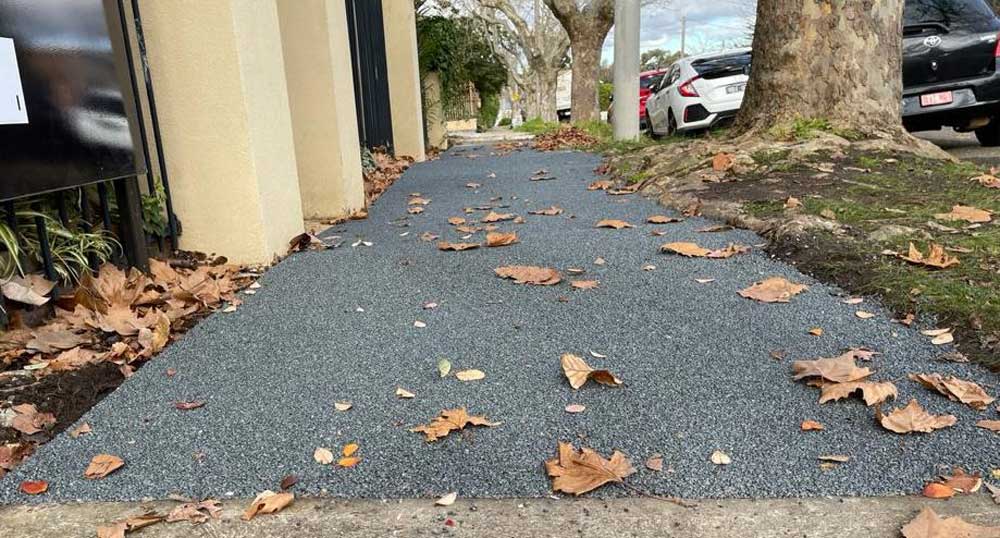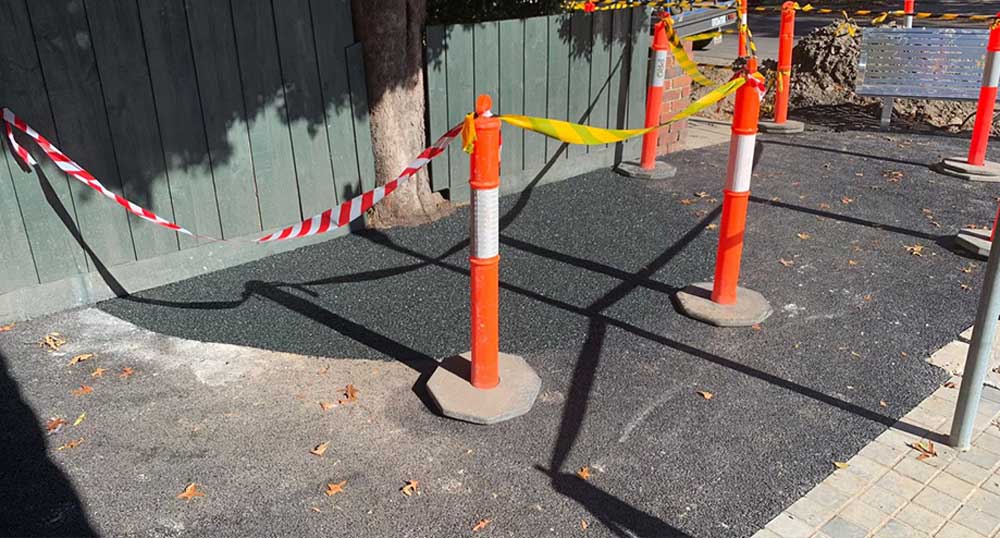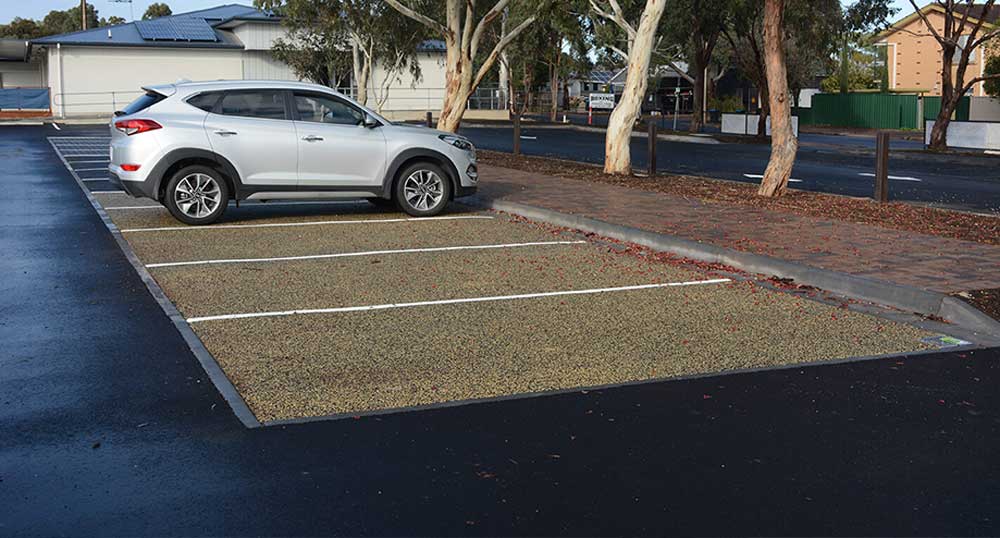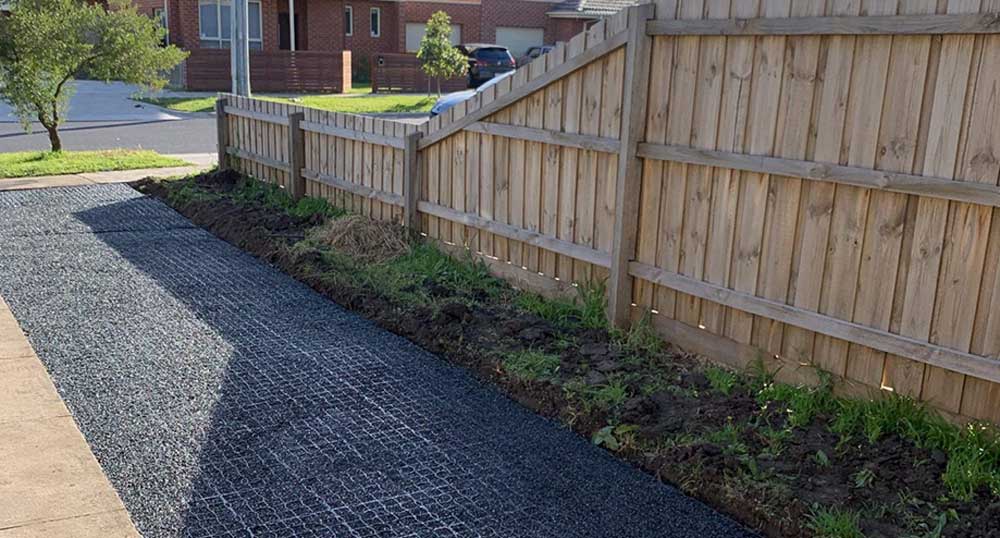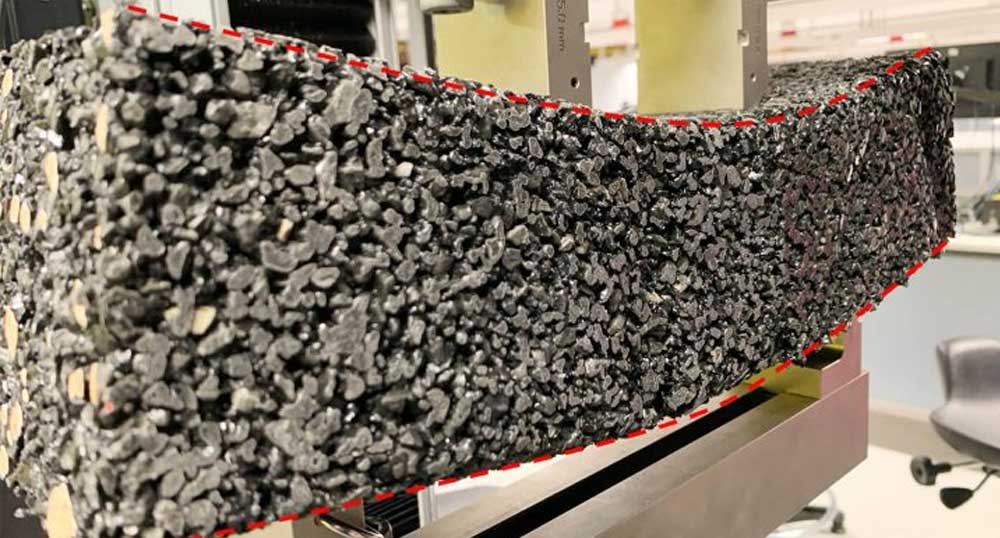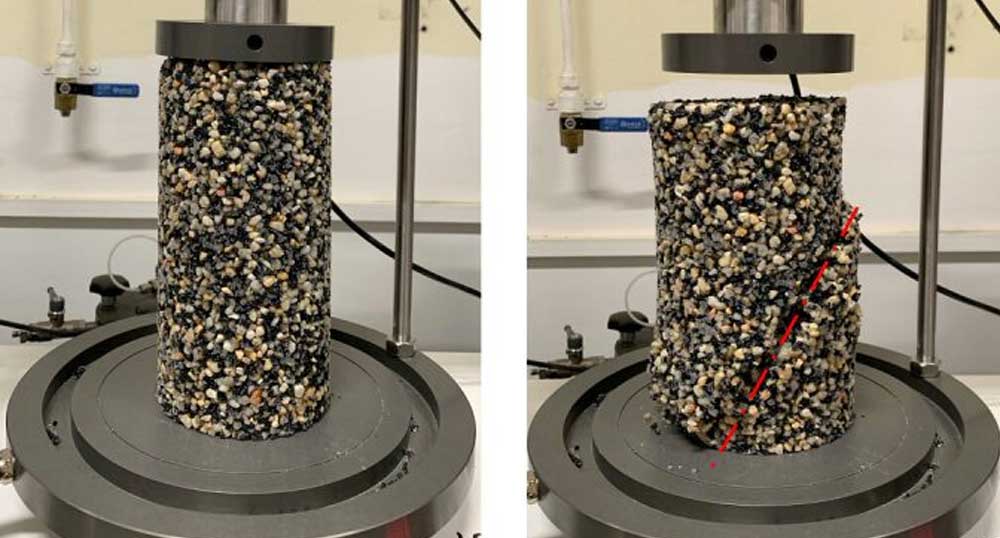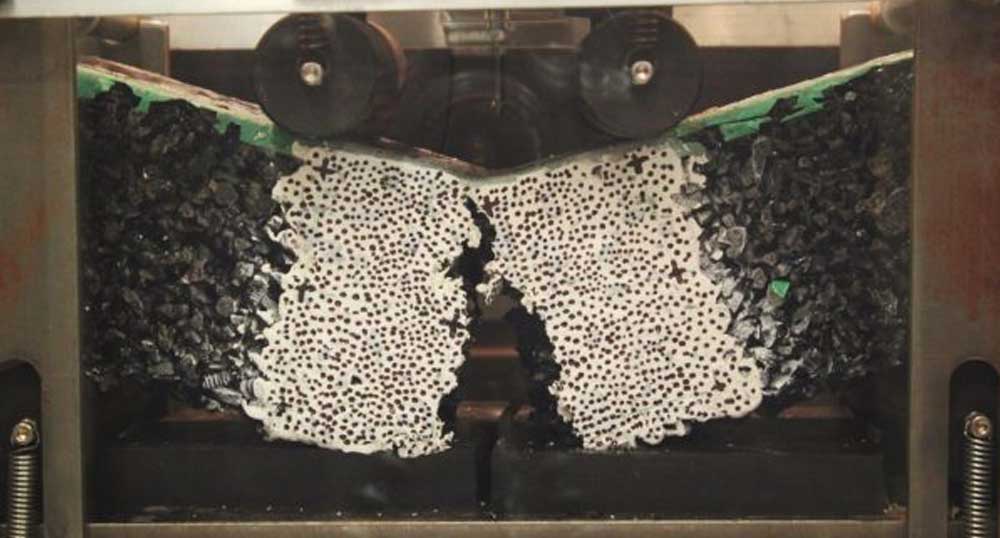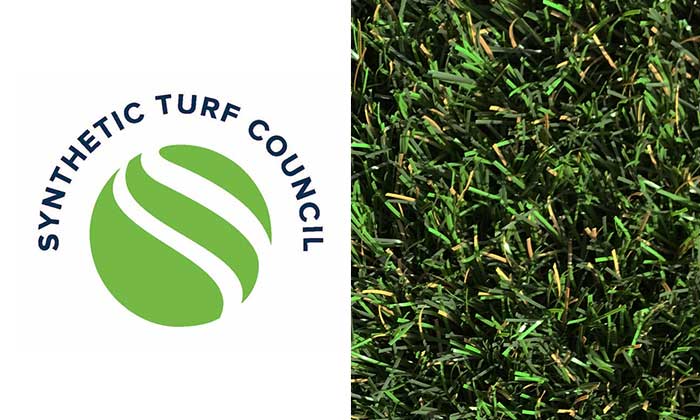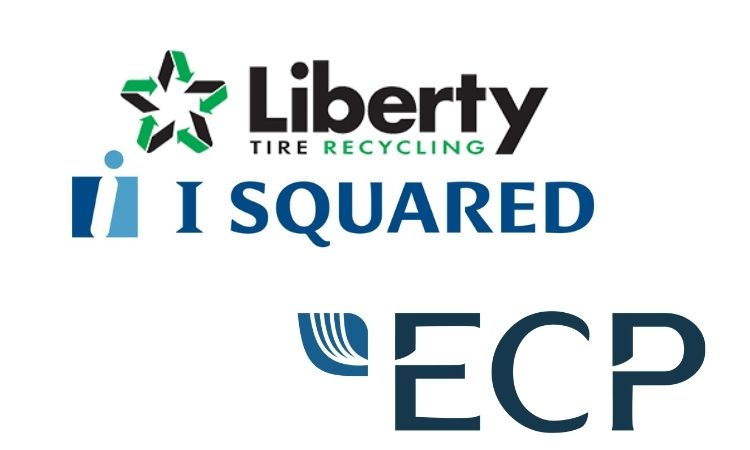Australian company converts recycled tires into permeable pavement to filter rainwater
Porous Lane, a new firm that uses University of Melbourne technology to create highly permeable pavements out of recycled tire rubber, is delivering water to the city's parks and gardens while also diverting garbage and reducing pollution in our rivers.
Porous Lane uses research from the University of Melbourne to create permeable pavements out of used tires. These ecofriendly pavements filter rainwater to decrease stormwater runoff, promote healthy tree development, and prevent flooding in our urban environment. According to the University of Melbourne, Porous Lane pavements are less expensive, more durable, and simpler to maintain than its rivals, with the added bonus of containing at least 50% recycled content.
In 2019, a parking in Mitcham, South Australia, was used to test the permeable pavement.
According to research, the site required less maintenance, provided improved traffic loading performance, was more cost effective than other existing technologies, and had higher levels of water infiltration than competitor products. It also revealed that the pavement utilizes around three old tires per square meter, resulting in the removal of almost 1000 tires from landfills in only one project.
The experiment was named the winner of the Excellence in Sustainable and Environmentally Responsible Infrastructure Management category at the Local Government Leadership Excellence Awards in South Australia in 2020.
About Porous Lane. | Video by Porous Lane.
"The reason we’ve had so much momentum is because we involved everyone and listened to them," says Associate Professor Mahdi Disfani, a geotechnical engineer from the University's Faculty of Engineering and Information Technology. "That included Sustainability Victoria, Tyre Stewardship Australia, the City of Mitcham (among other councils), urban planners, tree experts and Porous Lane. Our product, for example, was designed in the lab but must be installed outside, so we learnt a lot about the procedures used by council contractors on the job."
Since then, Porous Lane has started operating commercially. Other municipal governments in South Australia and Victoria, such as Boroondara, Darebin, Moreland, Yarra, and Banyule, are among its clientele. Its pavements have mostly been utilized for tree protection zones, walkways, and cycling routes thus far.
Porous Lane's permeable pavements are a popular choice for inner city suburbs confronting population expansion and development, where huge expanses of impermeable surfaces and the requirement to maintain a healthy green canopy pose significant flash flooding concerns.
With a robust pipeline of projects, Porous Lane's next steps include securing financing to increase production and creating automated manufacturing to improve quality control. It will also allow the team to increase productivity, save expenses, and eliminate weather-related constraints on project installations.
This means tens of thousands of tires will be diverted from Victorian landfills, more water will be available for trees, and pollution in the vital waterways will be reduced.
Why permeable pavement is important
Cities in Australia are becoming larger and denser. This means that impermeable materials such as concrete and asphalt are being used to cover greater territory, preventing water from reaching the ground. These surfaces have the potential to harm the environment in a number of ways:
Pollutants such as microplastics and heavy metals are picked up by stormwater runoff and carried into rivers.
Because aquifers aren't being refilled enough, trees and other plants aren't getting enough water to be healthy, which has an impact on the green canopy needed in cities.
The chance of flash floods rises, causing property damage and soil erosion.
Permeable pavements have been utilized in Europe for decades to assist mitigate these environmental effects. In Australia, these surfaces are also becoming more popular. Existing solutions, on the other hand, rely on crushed quarried rock, which is not a sustainable choice. This rock is mined in a way that harms the environment, and it requires carbon-intensive processing before it can be used.
With roughly 56 million end-of-life tires produced each year, Australia likewise has a big tire waste problem. The bulk of them are disposed of in landfills or, even worse, unlawfully stacked on private land.
Existing applications for recycled tire rubber, such as playground surfaces, employ a tiny percentage of end-of-life tires currently available on the market and are limited in volume.
Developing permeable pavement with recycled tire rubber
Associate Professor Mahdi Disfani of the University of Melbourne's Faculty of Engineering and Information Technology is a specialist in geo-materials manufactured from recycled aggregates.
He tried out several combinations of recycled tires, hard rock aggregate, and binder until he found one that was both permeable and mechanically robust enough to withstand traffic loads.
Products of Porous Lane. | Photos by Porous Lane.
He came up with a system that uses at least 50% recycled tires and can withstand traffic loads. It has enough flexibility to alleviate fractures produced by natural ground movement or tree roots, but not enough to make it unstable when subjected to traffic impacts.
"With a lot of recycled products, it can be a struggle just to achieve the expected performance. So when we tested the mixture in the lab under pavement conditions and saw its performance was significantly higher than expected, it was really exciting," Associate Professor Disfani says.
He also collaborated closely with the University's Translating Research at Melbourne team (a section committed to assisting academics in commercializing their research) to ensure that the final product matched the demands of end customers. Cost-effectiveness, ease of maintenance, and the flexibility to install in a variety of weather situations were among the requirements.
Tyre Stewardship Australia and the University of Melbourne Technology Transfer team supported the initiative from start to finish, from research to commercialization.
Partnerships and funding
The University of Melbourne says the main partners of the project are Tyre Stewardship Australia, City of Mitcham and City of Melbourne. The funding comes from Tyre Stewardship Australia, City of Mitcham and Faculty of Engineering and Information Technology, University of Melbourne, whereas the Intellectual Property is protected by the University of Melbourne and fully licensed to Porous Lane.
Publications and more information
To read more about the technology as well as its application, consider the following resources:
- Mechanical Performance of Tire-Derived Aggregate Permeable Pavements Under Live Traffic Loads, 4th International Conference ofTransportation Geotechnics – Chicago, US, 2021
- Experiments and Dimensional Analysis of Waste Tire-Based Permeable Pavements, Geosynthetics International 2021, https://doi.org/10.1680/jgein.21.00029
- Infiltration Rates of Recycled Tyre-Based Permeable Asphalt Pavements and Future Maintenance, Conference: Stormwater 2021 – Melbourne, Victoria, Australia
- Field performance monitoring of waste tire-based permeable pavements, Transportation Geotechnics, 2020, https://doi.org/10.1016/j.trgeo.2020.100384
Press release by University of Melbourne.
Weibold is an international consulting company specializing exclusively in end-of-life tire recycling and pyrolysis. Since 1999, we have helped companies grow and build profitable businesses.




